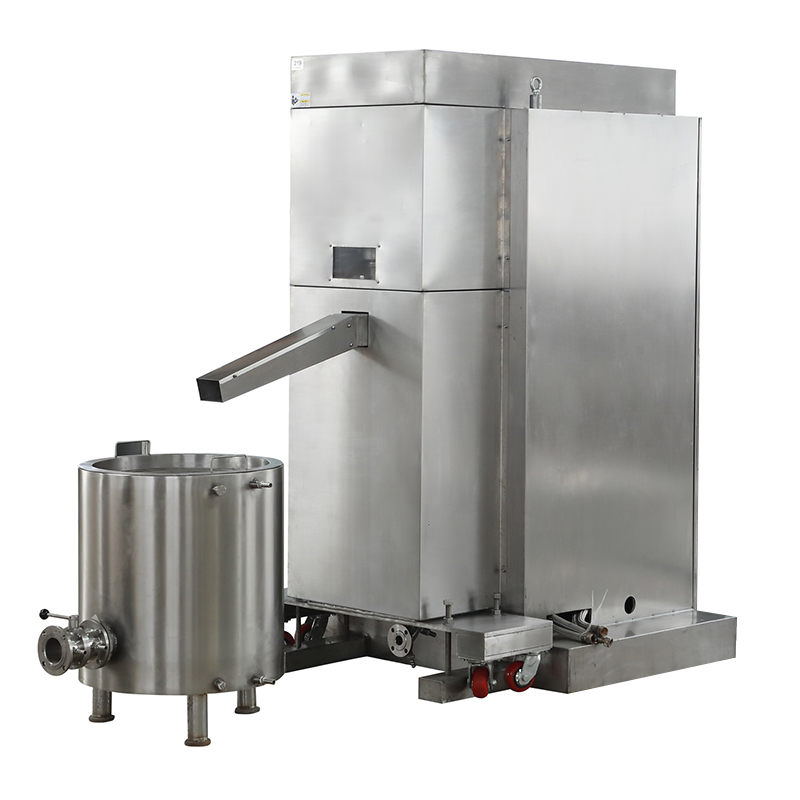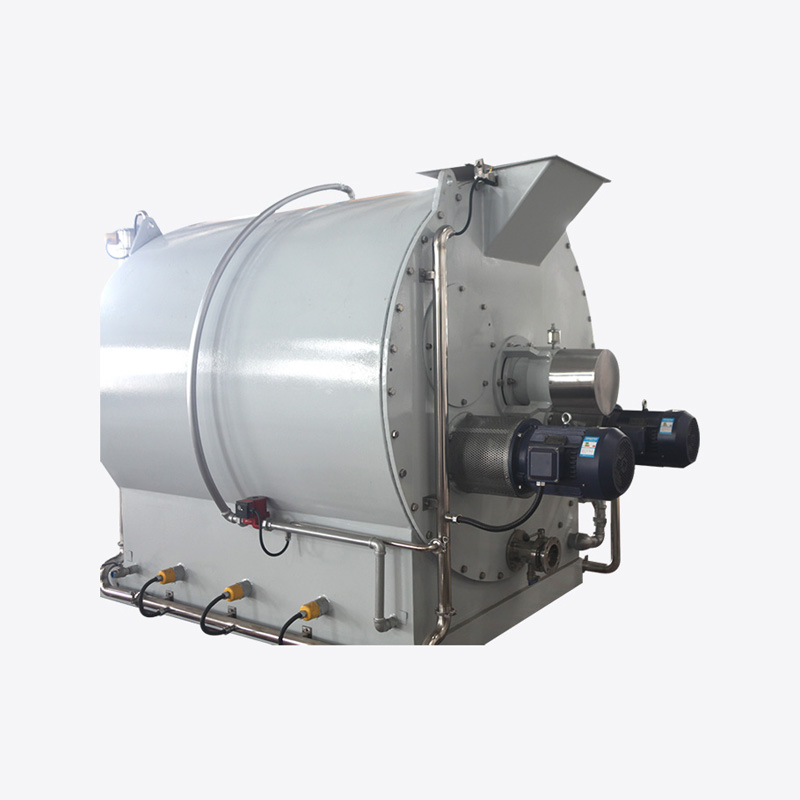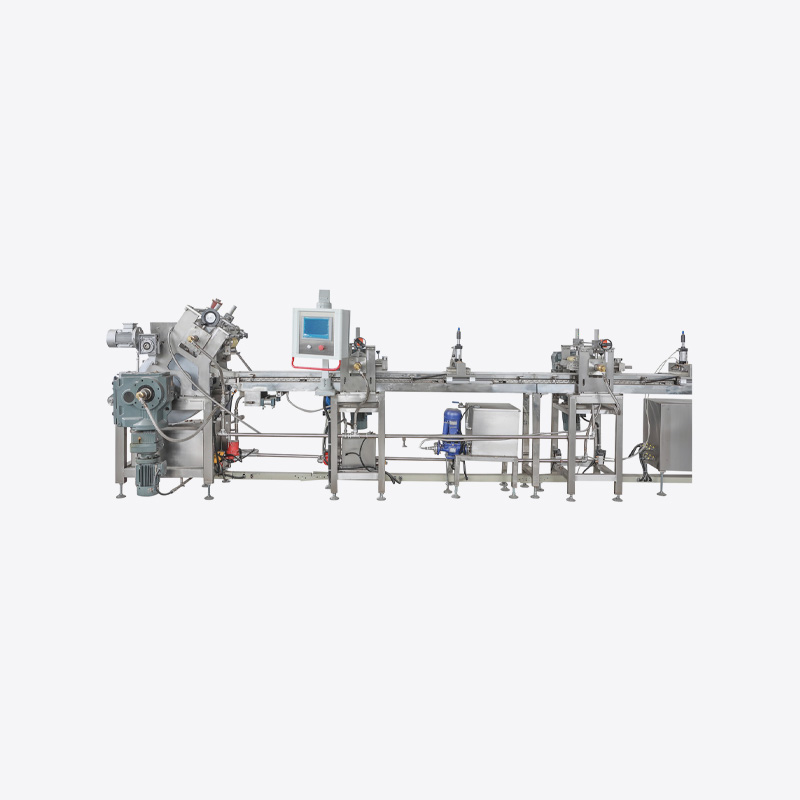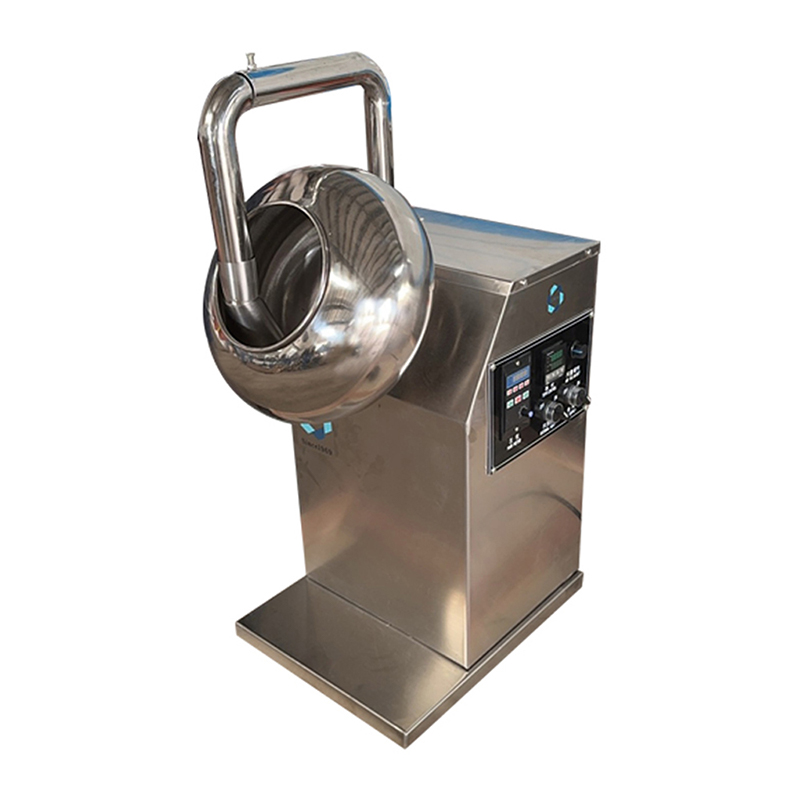Chocolate lovers often describe their favorite chocolate as "smooth" or "meltinyourmouth" , but behind that silky texture and refined taste lies a key step in chocolate production—conching. The question many people ask is: Does conching chocolate for a longer time actually make the flavor smoother? The short answer is yes, up to a point—but there are important details to understand about why, how, and when conching time matters.
1. What Is Conching?
Conching is a refining process in chocolate making that occurs after grinding the cocoa nibs into a paste and mixing them with sugar, cocoa butter, and other ingredients. In a chocolate conche machine, the mixture is kneaded, aerated, and heated over several hours. This mechanical action serves three main purposes:
Particle Size Reduction: Breaking down sugar and cocoa solids into tiny particles so they feel smooth on the tongue.
Flavor Development: Evaporating unwanted volatile acids and moisture that can cause sour or astringent notes.
Texture Enhancement: Dispersing cocoa butter evenly around particles for a creamy, uniform mouthfeel.
Conching can last anywhere from a few hours to more than 72 hours, depending on the desired result.
2. How Longer Conching Affects Flavor Smoothness
When people talk about "smooth flavor", they usually mean a wellrounded, mellow taste without harsh bitterness or grainy texture. Longer conching helps achieve this by:
Reducing Harsh Acidity: Freshly ground cocoa can contain sharp, acidic compounds. Extended conching gently evaporates these, making the flavor softer.
Balancing Bitterness: Continuous aeration oxidizes some of the more bitter compounds, allowing the natural cocoa notes to shine.
Enhancing Aromatic Development: Heat and movement encourage subtle flavor transformations, creating a more harmonious blend of chocolate, vanilla, and caramellike notes.
Improving Mouthfeel: While flavor is sensed by taste and smell, texture plays a role in how flavor is perceived. Smoother texture makes flavor seem richer and more pleasant.
3. The Role of Particle Size and Texture
The physical smoothness of chocolate is directly linked to particle size. If particles are too large (above about 30 microns), the chocolate feels gritty. Conching doesn’t just reduce particle size—it also coats particles with cocoa butter, which makes them glide more easily on the tongue.
A longer conching period usually means finer particle dispersion, and this improved texture enhances the perception of smooth flavor. The creaminess allows the flavor to release evenly as the chocolate melts in the mouth.
4. The Point of Diminishing Returns
While longer conching often improves smoothness, there is a limit to how much benefit it provides. If chocolate is conched too long:
Flavor Loss: Some delicate aromatic compounds can break down or evaporate, leading to a flatter taste.
Energy Waste: Conching is an energyintensive process, and extremely long times may not justify the extra smoothness gained.
Possible OverMellowing: A little acidity and bitterness can add complexity. Removing too much can make chocolate taste bland.
This is why professional chocolatiers and chocolate makers experiment to find the optimal conching time for each type of chocolate.
5. Influence of Chocolate Type on Conching Time
Dark Chocolate: Often benefits from longer conching (24–72 hours) to fully mellow the strong cocoa flavors and balance bitterness.
Milk Chocolate: Usually requires less time (12–24 hours) since milk solids naturally soften flavor.
White Chocolate: Has no cocoa solids, so conching focuses on texture rather than reducing bitterness, and shorter times are sufficient.
6. The Science Behind Flavor Smoothing
Flavor perception is a combination of taste, aroma, and texture. Conching affects all three:
Taste: Removes undesirable sharp notes, allowing sweetness and cocoa richness to dominate.
Aroma: Volatile acid reduction allows subtle chocolate aromas to be more noticeable.
Texture: Particle coating and dispersion create a uniform melt, which lets flavor compounds be released in a steady, balanced way.
In sensory science, this balance is what makes chocolate taste "smooth" both in texture and flavor.
7. Modern vs. Traditional Conching
In traditional chocolate making, conching could take days, and the long process was key to producing luxuryquality chocolate. Modern conche machines, with precise temperature and shear control, can achieve similar results in less time. However, artisanal chocolate makers often choose longer conching times to develop more nuanced flavors and a creamier texture.
8. Factors Besides Time That Influence Smoothness
Conching time is important, but it is not the only factor that determines smoothness:
Temperature: Higher conching temperatures speed up volatile acid removal but must be controlled to avoid burning the chocolate.
Machine Type: Different conche designs apply varying levels of shear and aeration, affecting how quickly smoothness develops.
Ingredient Quality: Highquality cocoa beans and properly roasted nibs require less conching to taste smooth.
A longer conching time generally produces smoother chocolate flavor, especially in terms of reducing acidity, softening bitterness, and improving mouthfeel. However, there is a balance to strike—too much conching can lead to loss of flavor complexity and unnecessary energy use.
For most chocolate types, extending conching within a reasonable range will indeed create a silkier, more rounded taste. But the true art lies in knowing when to stop—preserving the character of the cocoa while delivering the smoothness that chocolate lovers crave.
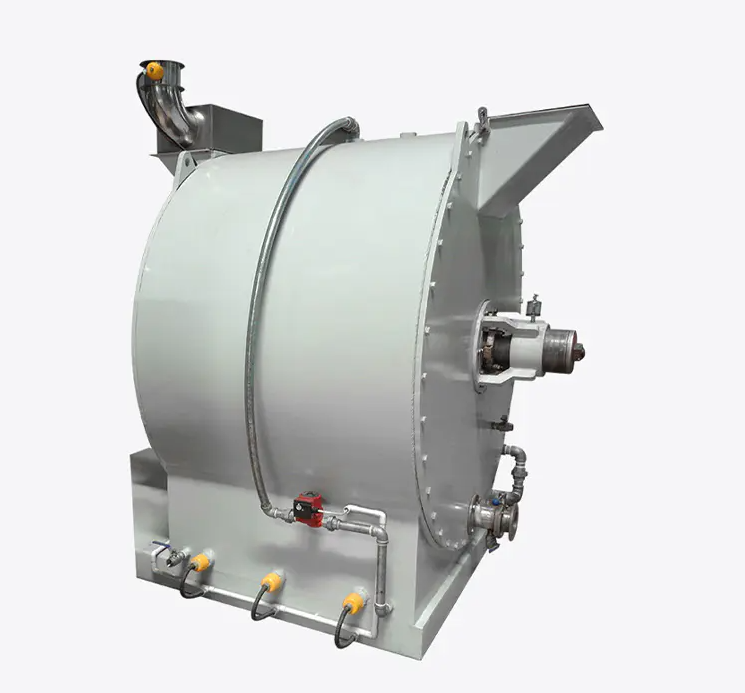



 English
English Español
Español



